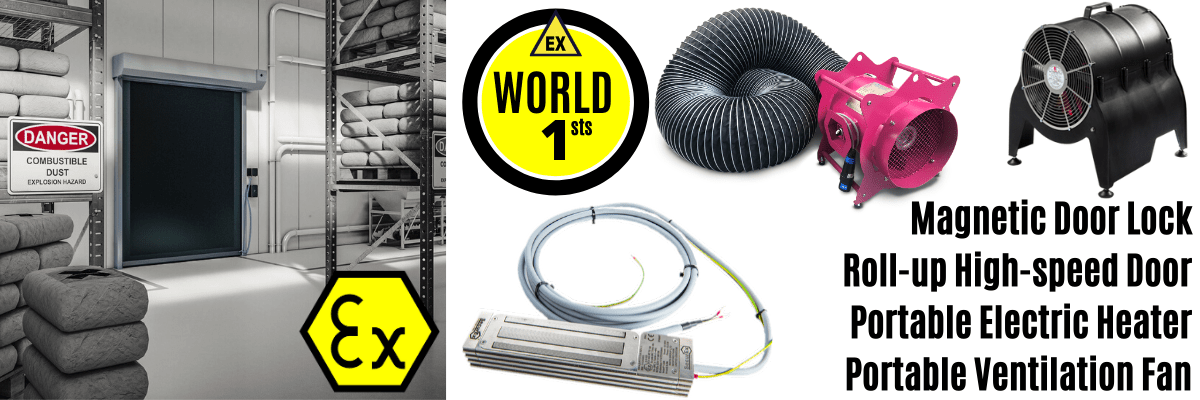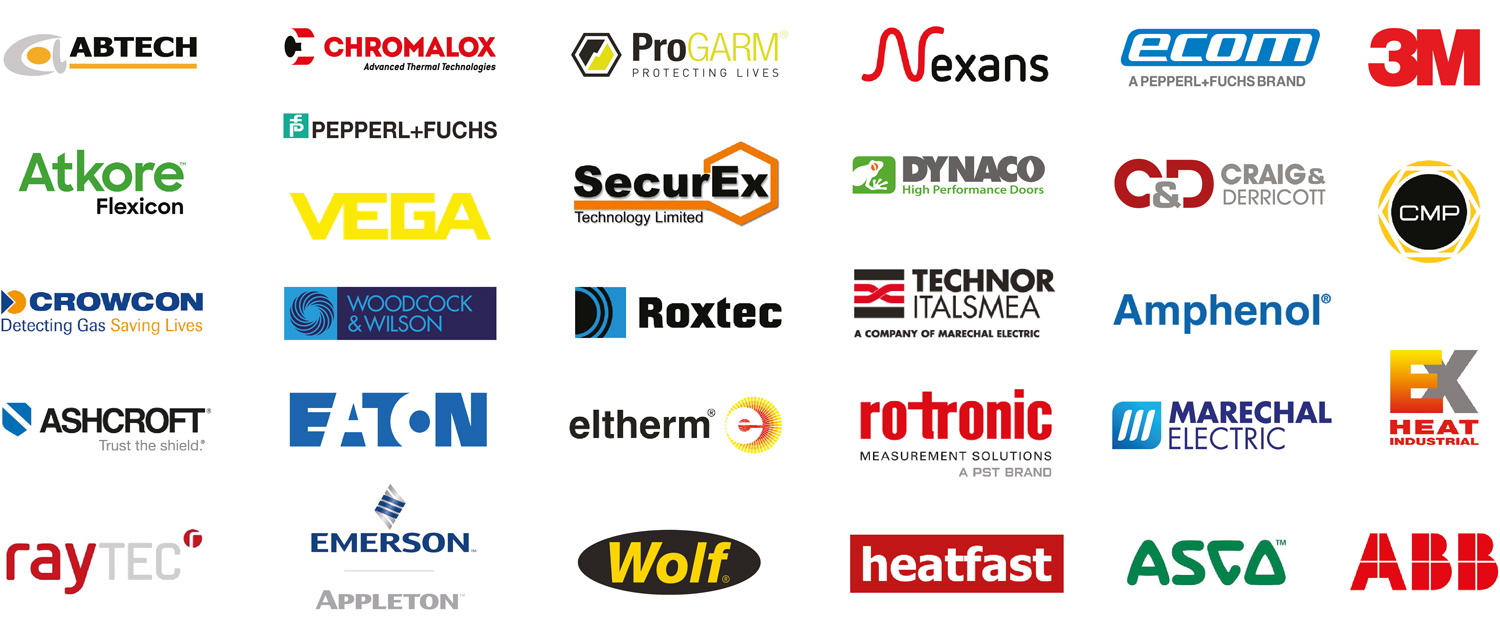ATEX & IECEx | Approval of Electrical Equipment Used in Hazardous Areas & Explosive Atmospheres
Published 09 Jun 2020
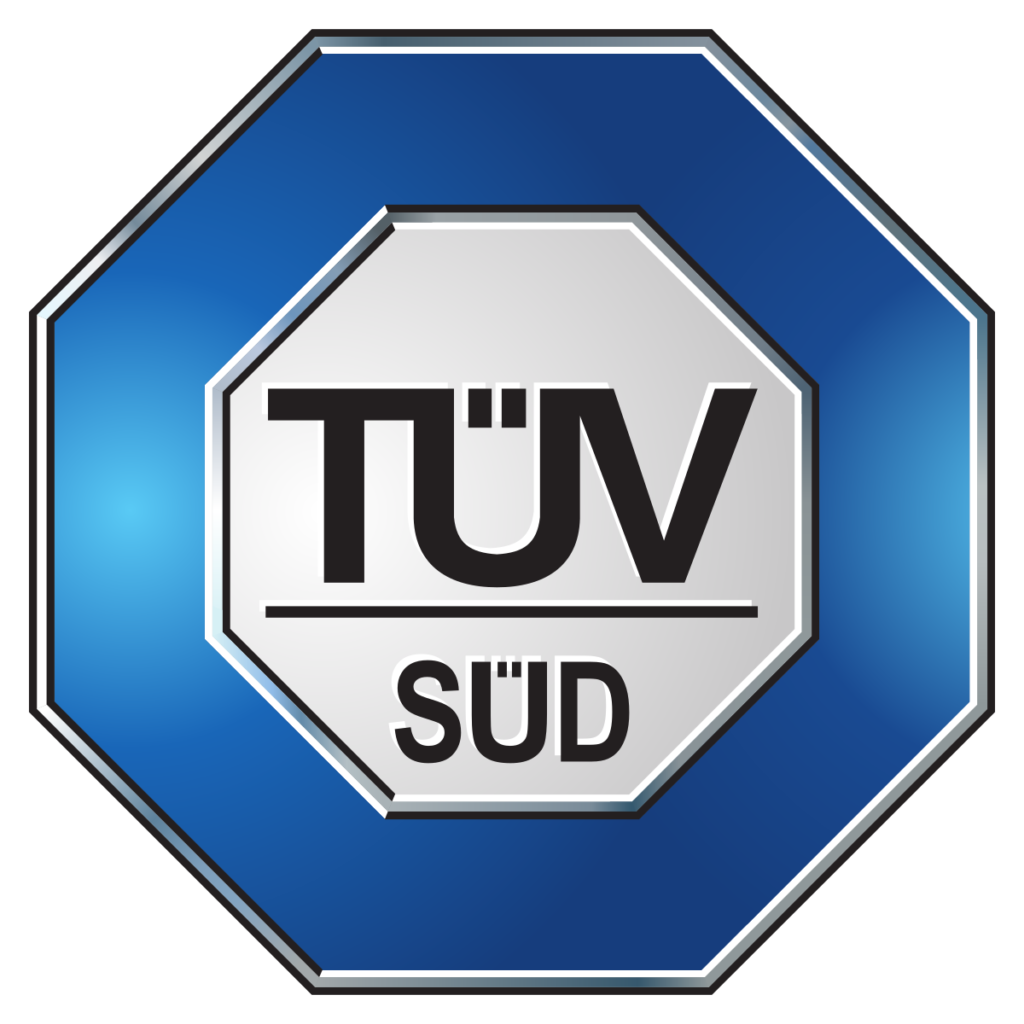
TÜV SÜD is a trusted partner of choice for safety, security and sustainability solutions for hazardous area locations and potentially explosive atmospheres
-
uploaded by Chris Dodds | Sales Marketing Manager at Thorne & Derrick International Note this Article was originally published June 2015 and is currently undergoing review and update.
ATEX & IECEx
Approval of Electrical Equipment Used in Hazardous Areas & Explosive Atmospheres
Depending upon the Hazardous Area Zone of usage, electrical, electronic and mechanical equipment intended for use in potentially hazardous environments must be independently evaluated for their impact on overall safety. The European Union’s ATEX Directive and the IECEx Certified Product Scheme are two assessment routes used for the safety of equipment used in such environments. This White Paper provides an overview of these two routes and provides answers to frequently asked questions.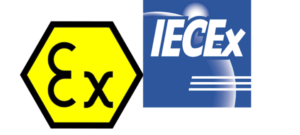
- INTRODUCTION
- WHAT IS A “POTENTIALLY HAZARDOUS” ENVIRONMENT?
- WHAT ARE THE SAFETY RISKS ASSOCIATED WITH THE USE OF ELECTRICAL AND ELECTRONIC EQUIPMENT IN A POTENTIALLY HAZARDOUS ENVIRONMENT?
- WHAT IS THE EUROPEAN UNION’S ATEX DIRECTIVE?
- WHAT IS THE IECEx’S CERTIFIED EQUIPMENT SCHEME?
- WHAT ARE THE TECHNICAL REQUIREMENTS OF THE ATEX DIRECTIVE AND THE IECEx SCHEME?
- WHERE ARE THE REQUIREMENTS OF THE ATEX DIRECTIVE AND THE IECEx SCHEME APPLICABLE?
- SHOULD MANUFACTURERS SEEK EQUIPMENT CERTIFICATION UNDER BOTH THE ATEX DIRECTIVE AND THE IECEx CERTIFIED EQUIPMENT SCHEME?
- CONCLUSION
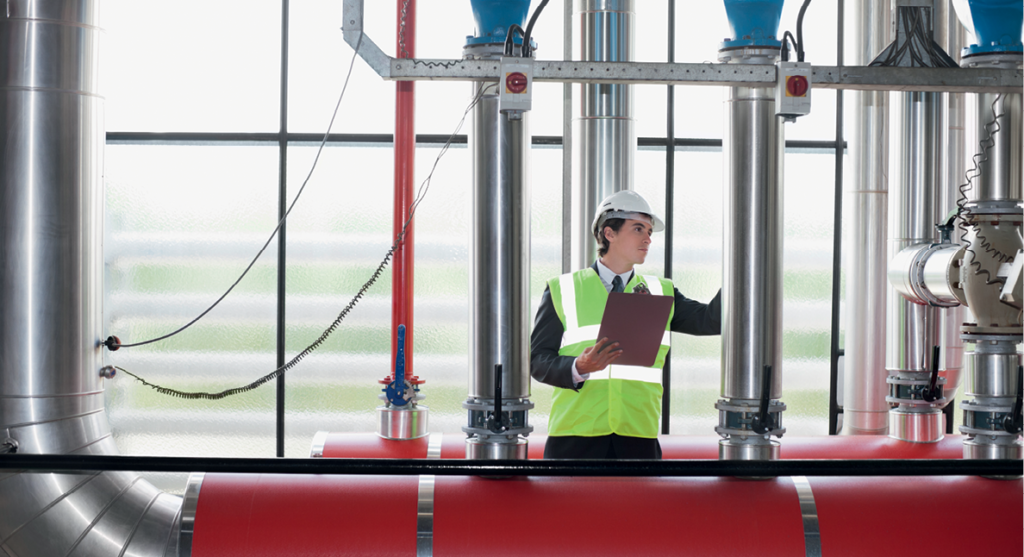
ATEX IECEx Services
Introduction
CE marked electrical, electronic and mechanical equipment used in a normal environment is safe when used as directed.
However, certain modern industrial environments pose an increased risk of fire and explosion due to the use of flammable gases, vapours or combustible dusts.
Therefore, equipment used in these hazardous environments must be expressly designed to minimise such risks, and manufacturers of electrical, electronic, mechanical equipment and systems must ensure that their products meet the enhanced requirements of applicable regulations and standards.
In the European Union (EU), compliance with the essential requirements of EU Directive 94/9/EC, also known as the ATEX Directive, is required for equipment, such as lighting, used in potentially explosive environments. At the same time, the voluntary IECEx Equipment Certification Scheme can facilitate acceptance of such equipment in other major jurisdictions around the world.
Although similar in scope and intent, the ATEX Directive components and the IECEx Scheme encompass different requirements and utilise different assessment approaches, complicating the regulatory approval process for equipment manufacturers.
This White Paper provides an overview of the EU’s ATEX Directive components and the IECEx Scheme, and answers a number of frequently asked questions about their application to electrical, electronic and mechanical equipment. The paper is intended for manufacturers and distributors of electrical, electronic and mechanical equipment used in potentially explosive atmospheres, as well as plant and facility owners and managers.
Certain modern industrial environments pose an increased risk of fire and explosion due to the use of flammable gases, vapors or combustible dusts.

ATEX Services for Explosion Protection
What is a “potentially hazardous” environment?
Industrial and manufacturing facilities frequently include operations that process flammable gases or liquids or combustible dusts, or which use these gases, liquids or materials as part of the production process. These potentially hazardous environments, also known as “Ex areas” (Explosive Areas), are found in a range of industries, including oil and gas refineries, chemical processing plants, grain and agricultural handling, processing and storage facilities, underground mines and even hospital operating environments.
What are the safety risks associated with the use of electrical and electronic equipment in a potentially hazardous environment?
Increasingly, electrical and electronic equipment is being used in potentially hazardous environments to automate or control certain production processes. However, the use of such equipment in close proximity to flammable or combustible gases or materials increases the risk of fire or explosion. That is because the normal operation of electrical and electronic equipment often involves actions or reactions that can serve as an ignition source for flammable or combustible gases or materials.
SOME EXAMPLES OF ACTIONS AND REACTIONS
THAT CAN SERVE AS AN IGNITION SOURCE
Electric Sparks
A poor quality component or electrical connection can fail, inadvertently producing an electric spark that can ignite gases or nearby materials.
High Operating Temperature
Depending upon the particular potentially explosive atmosphere content, hot surfaces on equipment could cause auto ignition. Process system heating effects by ‘work done’ i.e. pumping systems must also be considered as these can elevate the ‘product’ above it’s flashpoint.
Electrostatic Discharge
Some normal equipment operations can generate static electricity, which can serve as an ignition source at certain levels.
Friction Sparks
Equipment operation may also involve repeated contact between materials, resulting in friction that can produce heated sparks.
What is the European’s Union’s ATEX Directive?
The EU’s ATEX Directive defines essential health and safety requirements for equipment and protective systems used in potentially explosive atmospheres (“ATEX” is derived from the French “ATmosphere EXplosible). The Directive is applicable to various types of electrical and non-electrical products used in hazardous environments, including equipment, protective systems, components and safety devices.
Like all “New Approach” Directives, the ATEX Directive generally relies on the application of relevant standards to assess technical compliance with the Directive’s essential requirements. Compliance with the technical requirements of EU harmonised standards provides a presumption of conformity with the Directive’s essential requirements.
In cases where relevant harmonised standards do not exist, manufacturers are required to rely on other EU standards, or other national or international standards. In rare cases where a particular product is not covered by any existing standard, a manufacturer is required to complete a thorough evaluation of the product to demonstrate compliance with the Directive’s essential safety requirements.
Under the provisions of the ATEX Directive, evidence of compliance is generally demonstrated by the issuance of a manufacturer’s or supplier’s Declaration of Conformity, based on an independent technical assessment and certification of Category 1, 2 products by an EU Notified Body. The task of demonstrating compliance with the requirements of the ATEX Directive rests with the party responsible for introducing a product into the EU marketplace. Although the responsible party is typically the product manufacturer, it may also be an importer or wholesaler if the manufacturer does not have a presence in the EU.
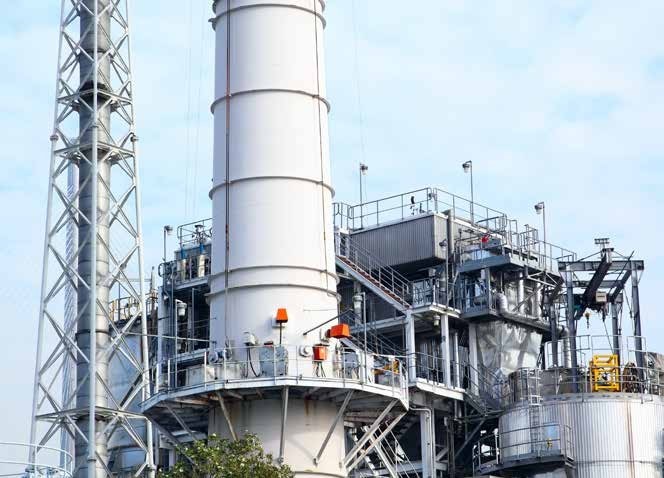
EU ATEX Directive
What is the IECEx’s Certified
Equipment Scheme?
The IECEx System is a voluntary compliance system designed to assess and certify multiple aspects of potentially hazardous environments. More than 30 countries currently participate in the IECEx System, including the U.S., China, Japan, Korea, Australia and Brazil, as well as many EU countries.
CERTIFICATION SCHEMES INCLUDED IN THE IECEx SYSTEM
- IECEx Certified Equipment Scheme
- IECEx Certified Service Facilities Scheme
- IECEx Certificate of Personnel Competence Scheme
- IECEx Conformity Mark Licensing System
The primary goals of the IECEx Certified Equipment Scheme are to reduce testing and certification cost, speed up market access for new products and equipment and increase international acceptance of product assessment results. The Scheme achieves these goals through the issuance of an International Certificate of Conformity based on:
- Testing and assessment of equipment samples for compliance with applicable international standards
- Assessment and auditing of a manufacturer’s quality assurance system
- On-going surveillance audits to ensure continued compliance
Under the IECEx Scheme, testing and assessment activities are carried out by IECEx-approved Testing Laboratories, with certifications issued by IECEx-approved Certification Bodies. Assessment of equipment under the Scheme is based exclusively on compliance with standards issued by Technical Committee (TC) 31 of the International Electrotechnical Commission (IEC).
The use of IEC standards and independent third-parties for testing, assessment and certification are essential elements in the widespread acceptance of IECEx-certified equipment. Indeed, even in countries that do not currently participate in the IECEx System, or which still require separate national testing and certification, IECEx equipment tests and assessment reports are widely accepted by regulatory officials, and may eliminate the need for duplicate testing.

“IECEx” is a Registered Trade Mark of the International Electrotechnical Commission
What are the technical requirements
of the ATEX Directive and the IECEx Scheme?
The EU’s ATEX Directive provides a detailed overview of the essential health safety requirements applicable to equipment used in hazardous environments.
Specifically, Annex II of the Directive addresses design and construction requirements for equipment and protective systems.
However, the specific technical requirements for various types of equipment and operating environments are found in individual harmonised standards, and compliance with the technical requirements in these standards serves as the primary basis for ATEX certification. Depending on the equipment and its intended use, more than one harmonised standard may be applicable to the evaluation and certification of a given product.
Currently, there are nearly 100 individual harmonised standards that can be used to demonstrate compliance with the essential requirements of the Directive. Updated lists of harmonised standards are published periodically in the Official Journal of the European Union. In the absence of a harmonised standard for a specific equipment or application, the technical requirements of national o r international standards may be applied.
Hazardous area equipment certification under the IECEx Certified Equipment Scheme is based on an assessment of compliance with the technical requirements found in the IEC 60079 series of standards regarding explosive atmospheres, as well as other IEC standards developed by TC 31.
However, the scope of the IECEx Scheme is currently limited to the equipment addressed by these standards. Although IEC TC 31 is continually developing new standards, manufacturers of equipment not covered by an existing IECEx- designated standard (for example, non-electrical equipment) are not eligible for IECEx certification.
Both the ATEX Directive and the IECEx Certified Equipment Scheme classify equipment based on the specific type of hazardous environment in which the equipment can be safely used. For electrical and electronic products, Annex I of the ATEX Directive identifies three separate categories of equipment, with Category 1 and Category 2 applicable to equipment used in higher risk areas, and Category 3 applicable to equipment used in low risk areas. Manufacturers of Category 1 and Category 2 equipment “electrical equipment / combustion engines” are required to have their products tested and certified by an EU Notified Body, and must also present evidence of maintaining a quality system certified by a Notified Body.
Category 2 non-electrical equipment does not require a Notified Body assessment but does require the technical documentation to be stored by an ATEX Notified Body.
The quality system for Category 2 non-electrical and all Category 3 equipment is the responsibility of the manufacturer. Where a client requires a ‘certificate’ for Category 3 equipment, this is possible via a voluntary test where a Type Examination certificate is issued rather than an EC Type Examination certificate as per Category 1 and 2.
The IECEx Scheme classifies equipment according to the hazardous environment areas where specific equipment can be used. ATEX Categories 1 and 2 describe the requirements on the equipment to be installed in Zone 0 resp. Zone 1, while Category 3 equipment is only intended to be used in Zone 2. It is important to note the lack of alignment between the Category designations under the ATEX Directive and the Zone designations under the IECEx Scheme. The misaligned designations can lead to confusion and potentially disastrous consequences when classifying equipment.

Mark for ATEX certified electrical equipment for explosive atmospheres – organisations in the EU must follow Directives to protect employees from explosion risk in areas with an explosive atmosphere.
There are two ATEX Directives (one for the manufacturer and one for the user of the equipment):
- the ATEX 214 “equipment” Directive 2014/34/EU – Equipment and protective systems intended for use in potentially explosive atmospheres
- the ATEX 137 “workplace” Directive 1999/92/EC – Minimum requirements for improving the safety and health protection of workers potentially at risk from explosive atmospheres.
Where are the requirements
of the ATEX Directive and the IECEx Scheme applicable?
The requirements of the EU’s ATEX Directive are mandatory throughout the European Economic Area (EEA) which comprises EU member nations as well as Iceland, Norway, Liechtenstein and Switzerland. These countries represent a combined population of over half a billion people and generate a combined annual gross domestic product (GDP) of more than $18 trillion (USD).
The voluntary IECEx Certified Equipment Scheme is a component of the IECEx System, which currently includes more than 30 national members around the world, including all of the major industrialised nations. Under the System, regulatory authorities in member countries recognise certifications issued by IECEx-recognised Certification Bodies, regardless of their location. This framework shall reduce overall testing and certification time and costs, and enables manufacturers to market certified equipment in all IECEx member countries.
In addition to its acceptance in IECEx member countries, the IECEx System has been endorsed by the United Nations Economic Commission for Europe (UNECE) as fulfilling its requirements for a certification and licensing system for safety in hazardous environments.
As a result, non-IECEx member countries can implement legal frameworks into their respective national legislation simply by adopting the IECEx System and Schemes. This portability of the IECEx framework is likely to result in expanded global acceptance of IECEx-compliant equipment tests and assessments and, in many cases, IECEx-certified equipment itself.
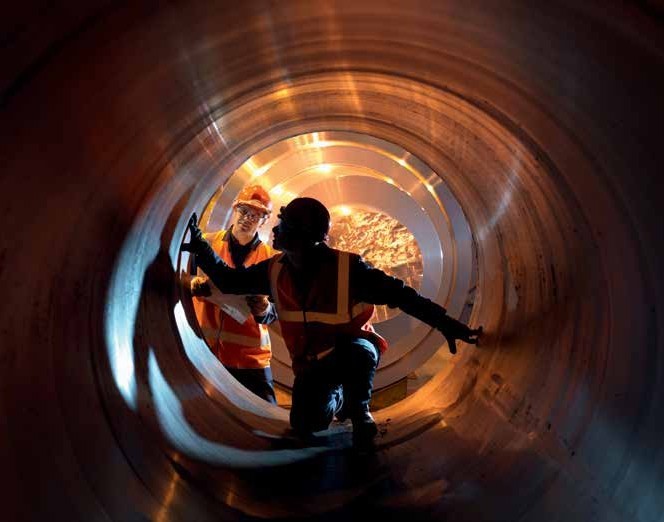
ATEX Directive and the IECEx Scheme
Should manufacturers seek equipment certification under both the ATEX Directive and the IECEx Certified Equipment Scheme?
It depends.
The EU’s ATEX Directive is a requirement for all equipment marketed within the EU and intended for use in hazardous locations.
Therefore, manufacturers conducting business in the EU must comply with the essential requirements of the ATEX Directive and, where applicable, have their equipment certified by an EU Notified Body.
However, the Directive’s conformity assessment process provides a certification route for a broad range of electrical and non-electrical equipment, and offers significant latitude in the technical assessment of non-conventional equipment through the use of a technical construction file (TCF). This can be especially important to manufacturers of customised equipment or equipment specifically designed for unique applications.
Equipment certified in connection with the voluntary IECEx Certified Equipment Scheme meets the regulatory requirements of major economic countries throughout the world, thereby speeding global market acceptance. However, the IECEx Scheme is based exclusively on an assessment against the technical requirements of IEC standards issued by TC 31. This restriction can present an insurmountable hurdle for manufacturers of highly specialised electrical equipment for which a relevant standard does not yet exist.
Other considerations include restrictions on the use and acceptance of previously generated ATEX test data. Under the IECEx Scheme, equipment must be tested and certified by IECEx-approved Testing Laboratories and Certification Bodies, and evidence of prior testing conducted by an EU Notified Body does not waive this requirement.
On the other hand, EU Notified Bodies located in IECEx member countries are required to accept test reports generated by IECEx-approved Testing Laboratories in support of an ATEX certification submittal.
Given these considerations, the preferred conformity assessment path for many manufacturers of electrical equipment involves first obtaining equipment certification under the IECEx Certified Equipment Scheme, and then submitting the IECEx testing data to an EU Notified Body as part of the ATEX certification process.
Following this path will still require meeting certain ATEX- specific requirements, such as those related to equipment marking and documentation. But the effort involved is relatively small compared with possible alternative paths.

Conclusion
Electrical, electronic and mechanical equipment intended for use in potentially hazardous environments must contribute to the overall safety of that environment. Equipment certified for compliance with the essential requirements of the EU’s ATEX Directive or the IECEx Certified Product Scheme provides assurances that the equipment does not introduce additional risks or compromise other efforts to ensure safety. These conformity assessment options provide manufacturers with flexibility in meeting product safety requirements, expanding market opportunities and addressing the needs of customers.
TÜV SÜD Product Service is a Notified Body (Notified Body number 0123) under the EU’s ATEX Directive. In addition, TÜV SÜD maintains state-of-the-art laboratories to test for explosion protection, dust and contamination control, environmental simulation, electromagnetic compatibility, mechanical and electrical safety.
TÜV SÜD specialists are also qualified to conduct highly accelerated life testing (HALT) and highly accelerated stress screening (HASS).
Represented in over 800 locations worldwide, TÜV SÜD holds accreditations in the EU, the Americas, the Middle East and Asia. By delivering world-class solutions to customers, TÜV SÜD adds tangible value to businesses, consumers and the environment.
About TÜV SÜD
At TÜV SÜD, we bring clients and technology closer together. We are a global provider of technical services in key areas including testing, certification, verification and knowledge transfer. In the UK, we share this expertise with customers from the following sectors:
- Aerospace
- Consumer electronics
- Defence
- Machinery
- Marine
- Medical
- Nuclear
- Oil and gas
- Real estate
- Telecommunications
- Transport
Further Reading
- Security in Hazardous Areas | The Open & Shut Case for Enhancing Security In Explosive Atmospheres
- Thorne & Derrick Announce Exclusive Distribution Agreement With Dynaco Doors
- Specifying Compliant ATEX Doors for Hazardous Areas & Explosive Atmospheres | By Dynaco
EXPERTS IN EQUIPMENT
FOR EXPLOSIVE ATMOSPHERES
Thorne & Derrick are leaders in the development and distribution of Product Innovations that deliver significant improvements to clients plant, people and operational safety in the explosive atmosphere industries.
Your proactive problem solvers experienced in succession planning for the replacement of obsolete, non-conformant and legacy equipment in hazardous areas.
Your first-choice provider of innovative and competitive solutions to ensure ATEX & IECEx Compliance for Hazardous Area Electrical, HVAC & Process Instrumentation Equipment to UK and international projects.
Control Panels | Plugs | Isolators | Enclosures & Junction Boxes | Lighting | Control Stations | Motor Starters | Heat Trace | Gas Detection | Flame Detection | Process Instrumentation | Process Heating | Ventilation Fans | Security Access Control

Competitive Prices | Extensive Stocks | Technical Support | Express Delivery

Servicing Explosive Atmosphere Industries Since 1985.
Further Reading
-
 TUV SUD Brochure | Certification Of Electrical Equipment Used in Hazardous Areas & Explosive Atmospheres
Size: 3.42 MB
TUV SUD Brochure | Certification Of Electrical Equipment Used in Hazardous Areas & Explosive Atmospheres
Size: 3.42 MB

